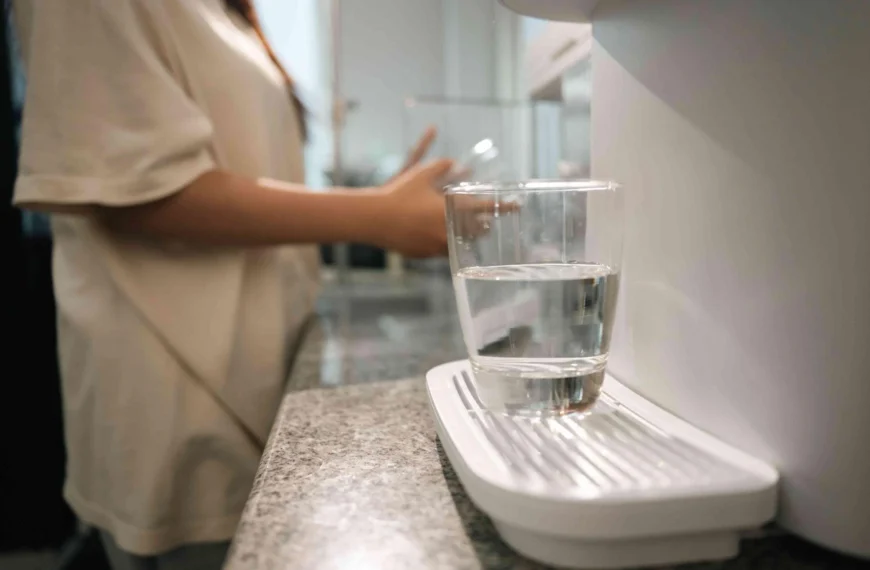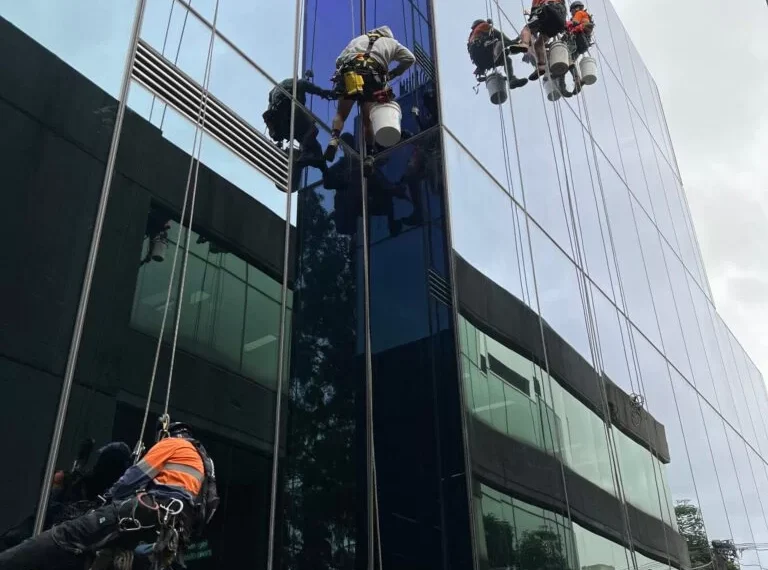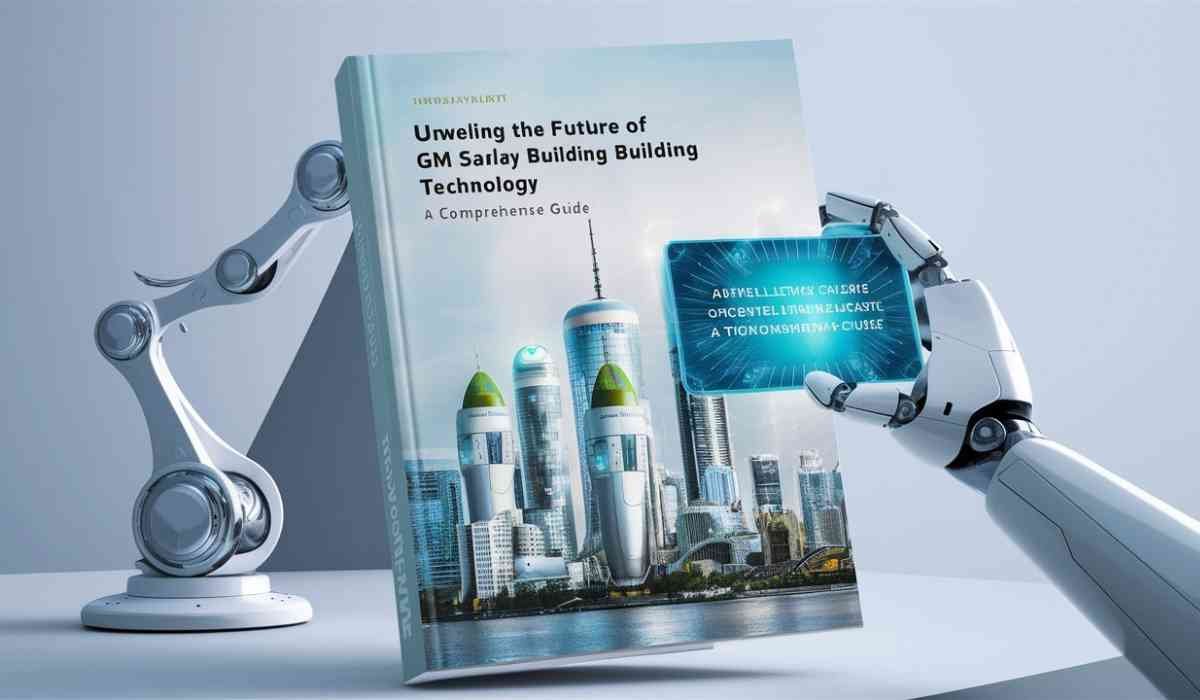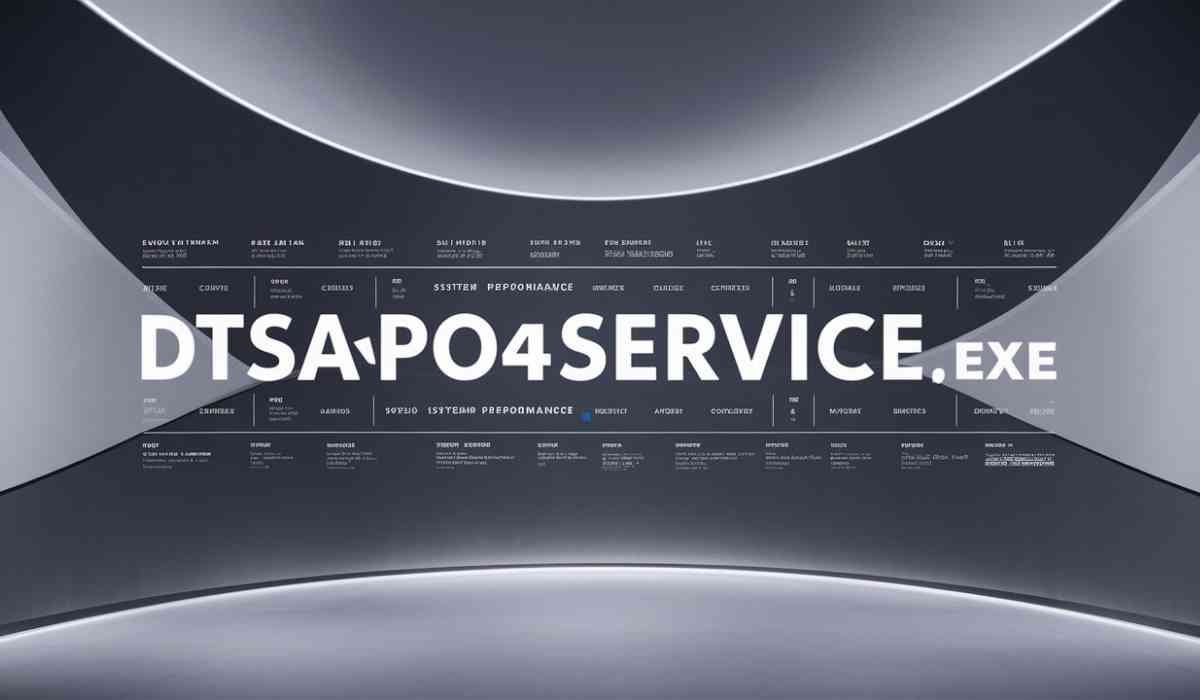Discover how thoughtful workspace design, from furniture choices to cultural elements, can transform employee motivation and drive exceptional performance in any organization.
The modern workplace has evolved dramatically. Gone are the days when employees simply needed a desk and chair to be productive. Research consistently shows that environmental factors directly impact employee motivation, creativity, and overall job satisfaction. Organizations that invest in creating inspiring work environments see measurable improvements in productivity, retention rates, and employee wellbeing.
Understanding what makes a workspace truly motivating requires looking beyond surface-level aesthetics. It involves creating an environment where employees feel valued, comfortable, and empowered to do their best work. From the physical layout to the cultural atmosphere, every element plays a role in shaping how people feel about coming to work each day.
The Psychology Behind Inspiring Workspaces
Human behavior responds predictably to environmental cues. Bright, well-lit spaces tend to energize people, while cluttered or poorly designed areas can create stress and reduce focus. Colors influence mood—blues and greens promote calm concentration, while warmer tones like orange can stimulate creativity and collaboration.
Natural elements have particularly powerful effects on motivation. Studies indicate that workplaces incorporating plants, natural light, and organic materials see significant improvements in employee satisfaction scores. Even small changes, like adding a few potted plants or opening blinds to let in daylight, can boost morale noticeably.
The concept of “biophilic design” has gained traction among forward-thinking companies. This approach integrates natural elements into office spaces, recognizing that humans have an innate connection to nature that influences their psychological state and productivity levels.
Personal space also matters tremendously. Employees need areas where they can focus without interruption, as well as spaces that encourage interaction and collaboration. The key lies in providing variety and choice, allowing people to work in environments that match their current tasks and energy levels.
Physical Design Elements That Drive Motivation
Furniture selection significantly impacts how employees feel about their workspace. Ergonomic seating reduces physical discomfort and demonstrates that leadership cares about employee health. Standing desk options give people flexibility in how they work, while comfortable lounge areas provide spaces for informal meetings and brief respites.
For organizations seeking quality workspace solutions, investing in professional-grade office furniture in Salt Lake City and surrounding areas can transform the daily experience for employees. The right furniture choices signal that the organization values its people and their comfort.
Lighting design deserves special attention. Harsh fluorescent lighting can cause eye strain and fatigue, while dim lighting makes people feel sluggish. The ideal approach combines natural light with adjustable artificial lighting that can be customized for different activities and times of day.
Storage solutions may seem mundane, but they profoundly affect workplace satisfaction. When employees have adequate, accessible storage for their belongings and work materials, they feel more organized and in control. Cluttered workspaces create mental clutter that hinders productivity and increases stress levels.
Technology integration should be seamless and intuitive. Nothing frustrates employees more than struggling with outdated or poorly functioning equipment. Investing in reliable technology infrastructure shows respect for people’s time and enables them to focus on meaningful work rather than technical difficulties.
Creating Collaborative and Individual Work Zones
Modern work requires both collaboration and deep focus. Successful workspace design accommodates both needs through thoughtful zone creation. Open collaborative areas encourage spontaneous interactions and team projects, while quiet zones provide retreat spaces for concentrated work.
Meeting spaces should vary in size and formality. Large conference rooms serve formal presentations, while smaller huddle rooms support quick team discussions. Casual meeting areas with comfortable seating can spark creativity and make brainstorming sessions more productive.
Phone booths or small private rooms give employees spaces for confidential calls without disrupting colleagues. These spaces have become essential as remote work has increased the need for video conferences and private conversations.
Flexible furniture that can be easily reconfigured allows spaces to adapt to changing needs. Mobile whiteboards, modular seating, and height-adjustable tables enable teams to quickly transform areas for different activities.
Cultural Elements That Enhance Motivation
Physical design alone cannot create an inspiring workplace. Cultural elements must align with and support the environmental design. Recognition programs that celebrate achievements publicly create positive energy throughout the space.
Personal expression opportunities help employees feel ownership over their work environment. Allowing people to personalize their workstations or contribute to common area decorations builds emotional connection to the space.
Wellness initiatives integrated into the physical environment demonstrate organizational commitment to employee health. This might include fitness areas, healthy snack options, or meditation spaces that employees can use during breaks.
Learning and development resources embedded in the workspace show investment in employee growth. This could take the form of a company library, designated learning areas with comfortable seating, or spaces equipped for training sessions and workshops.
Measuring the Impact of Environmental Changes
Organizations serious about creating motivating work environments must establish metrics to measure success. Employee satisfaction surveys can track how workspace changes affect morale and engagement levels over time.
Productivity metrics, while more complex to measure, can reveal whether environmental improvements translate into better business outcomes. This might include project completion rates, innovation metrics, or quality measures relevant to the organization’s work.
Retention rates often improve in organizations that invest thoughtfully in workspace design. Exit interviews can reveal whether workplace environment factors influenced departure decisions, while stay interviews with current employees can identify what environmental elements they value most.
Health and wellness indicators, such as sick day usage or stress-related complaints, may improve as workplace environments become more supportive and comfortable.
Building Your Motivating Workspace Strategy
Creating an inspiring work environment requires systematic planning and ongoing attention. Start by assessing current conditions through employee feedback and observation. Identify the biggest pain points and opportunities for improvement.
Budget considerations should balance immediate impact with long-term value. Some changes, like improved lighting or adding plants, can be implemented quickly and inexpensively. Larger investments in furniture or layout changes require more planning but can deliver lasting benefits.
Employee involvement in the design process ensures that changes meet actual needs rather than assumptions about what people want. Focus groups, surveys, and pilot programs can provide valuable insights before making major investments.
Remember that creating a motivating work environment is an ongoing process rather than a one-time project. As organizational needs evolve and new research emerges about workplace psychology, successful companies continue refining their approaches to keep employees engaged and inspired.









